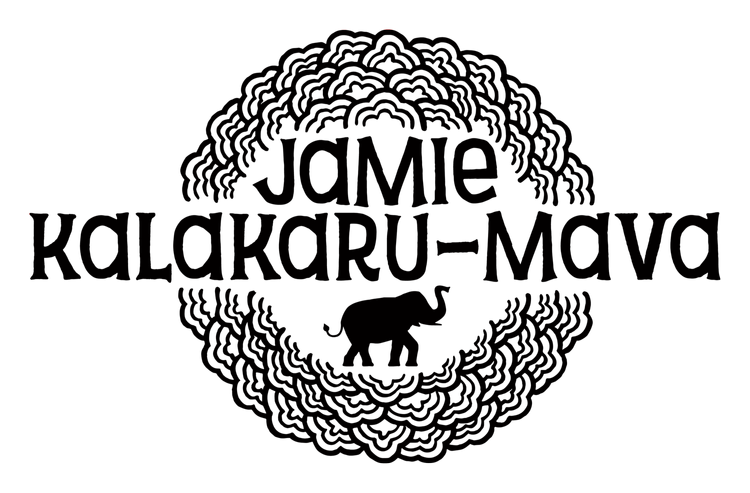It’s not what you know, it’s who you know, right? Except for our artists—they wanted to know more about the “what” to know, and we wanted to help. While we were a regular home to some more established artists, we were also a stepping-stone gallery for many emerging artists. There were at least two or three artists in each exhibit showing for the first time, ever, and we tried to make our role as an entry point a good one.
As we grew, we added workshops. At first these were light: life drawing out in the community or in our gallery during our “Suit Up” drawing events. As we grew, we wanted our workshops to reflect the needs of the artists we served. Springboard for the Arts had grown considerably by this point and was doing an excellent job on healthcare and career-building skills for artists. As a stepping-stone space, however, we had some things we thought we could teach and share about the gallery experience specifically. While we hoped the emerging artists we worked with would always consider Altered Esthetics a home, we wanted to build their confidence and ability to show at other, dare I say more “professional,” gallery spaces.
So, as we grew, our workshops reflected this desire. We wrote and received a few grants that enabled us to bring in guest lecturers and host free workshops for artists. They were fantastic not just for our artists but for our curatorial interns and board as well. Participants were then able to carry that knowledge with them. Workshops would remain a consistent part of Altered Esthetics’ program, based on the needs and requests of artists in our exhibitions.
We worked with local professionals to help with execution. Mike Menasco, a certified archivist in addition to a fantastic artist, held a workshop on framing and preservation. With his help, artists learned more about properly presenting and preserving their artwork as well as how to creatively hang challenging pieces. Bill Allen led a workshop on digitally capturing artwork—a seemingly simple task made far more complicated when photographing sculpture or translucent art in tricky lighting. Marcia Soderman held a workshop on lighting tools and methods, showing variations between spots, tungstens, floods, and incandescents as well as how they could all be varied and combined to light works more appropriately, particularly in challenging locations.
The workshops we hosted at Altered Esthetics sought to increase the knowledge base of our artists. We wanted to help get them to the next level and build their confidence in their ability to professionally execute and show their work. As a result of this investment in knowledge, our exhibitions improved in quality as well.
Settled into the new space with our programming in a groove, it seemed a good time to take another look at the big picture. We did this with our first strategic planning session.It was at Peace Coffee that I first learned about the value of strategic planning and the important role it could play in a business, when done thoughtfully and with intention. It was in September 2007 that we held our first Altered Esthetics strategic planning session, a retreat of sorts that became an annual event. At the time we had a small board and a super-engaged intern, who would later join the board herself.
Cozied up in the gallery with snacks and refreshments, it felt great to be thinking about the long-term health of the gallery and its newfound nonprofit status. The board at the time comprised Kate Iverson, fellow artist and gallery owner; Irene Kawalec, also an artist and gallery owner; and working design artist and sign guru Toneski Kephart. Together they had a solid understanding of the local community as well as the work we were trying to do. Through her experience running Density Studios, Kate knew how hard it was to work full time and juggle the responsibilities of running a creative space. Irene was an artist and a gallery owner herself. Toneski was a designer and an employee at a family-run business. And none of us were strangers to hard work and busy schedules.
We discussed programs, fundraising, and quality. We discussed volunteers and the upcoming exhibitions schedule. The documents that came out of this annual ritual we revisited on a regular basis to make sure we were on track towards our goals. As we grew our board, we tied individual goals for the year to what we outlined in our strategic plan.
These sessions, attended by our entire board as well as any interested interns, curators, and artists, became a part of our organization’s culture, particularly as a working board. It was our opportunity to take a step back and see things from the balcony view, reflect on the community context, and move the gallery in new directions. That first ambitious meeting demonstrated we had a ways to go in our efforts.
This post is adapted from It’s Never Going To Work: A Tale of Art and Nonprofits in the Minneapolis Community with illustrations by Athena Currier. ©2018 Jamie Schumacher.
It’s Never Going To Work is a light-hearted, illustrated book that offers real-life insights on founding a community space and nonprofit. It provides tools, tips, resources, and camaraderie to community organizers and anybody attempting something new.


